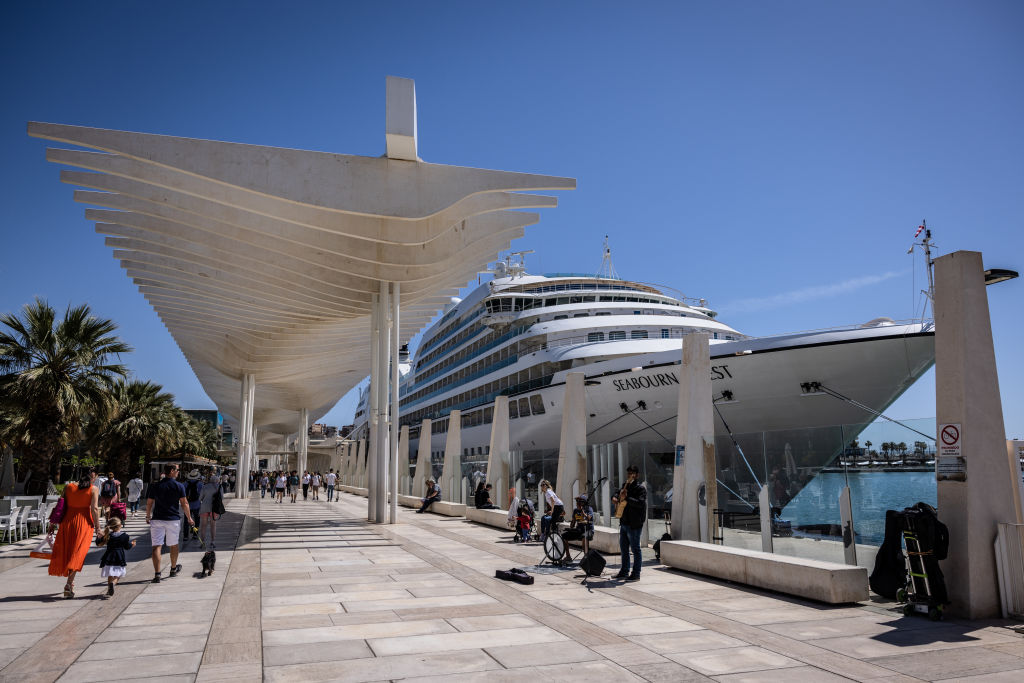Cuba Slowly Opening to Travel
There are still restrictions, but once you get there you can load up on cigars.

New U.S.–Cuba travel regulations have made it easier for Americans to visit Cuba and spend money there than it has been for more than a half-century. But you’ll still have to jump through a few hoops.
As in the past, Americans must travel to Cuba for one of 12 authorized purposes, including family visits, journalistic activities and humanitarian work. Under the new law, however, travelers no longer have to apply for a specialized license from Uncle Sam. Rather, indicating the purpose of your trip is as easy as signing an affidavit. “It’s essentially self-policing,” says Christopher P. Baker, a Cuba travel expert and author of the guidebook Moon Cuba. “If you believe you fall into one of those categories, you can check a box and go.”
Once you get there, you’ll no longer be bound by the $179-per-day spending limit for Americans. And you may now bring back up to $400 in Cuban goods, including up to $100 worth of rum and cigars. U.S. credit card companies are getting in on the action; MasterCard began allowing transactions in Cuba in March. But it remains to be seen how efficiently Cuban businesses will be able to process credit card transactions.
From just $107.88 $24.99 for Kiplinger Personal Finance
Become a smarter, better informed investor. Subscribe from just $107.88 $24.99, plus get up to 4 Special Issues

Sign up for Kiplinger’s Free Newsletters
Profit and prosper with the best of expert advice on investing, taxes, retirement, personal finance and more - straight to your e-mail.
Profit and prosper with the best of expert advice - straight to your e-mail.
For now, conventional tourism is still prohibited. The broadest category is so-called people-to-people educational trips, which are open to all U.S. citizens and are typically organized through travel companies. Even so, you’ll have to keep records of your trip for at least five years to prove that you weren’t relaxing on the beach all day. It’s unclear, however, how closely the U.S. Treasury Department will monitor American visitors’ movements.
Opening the island to American tourism will be a gradual process, as airlines work out agreements with aviation authorities and hotel capacity expands. A decade from now, though, vacationing in Cuba could be as no-fuss as a trip to Miami Beach.
Profit and prosper with the best of Kiplinger's advice on investing, taxes, retirement, personal finance and much more. Delivered daily. Enter your email in the box and click Sign Me Up.

Ryan joined Kiplinger in the fall of 2013. He wrote and fact-checked stories that appeared in Kiplinger's Personal Finance magazine and on Kiplinger.com. He previously interned for the CBS Evening News investigative team and worked as a copy editor and features columnist at the GW Hatchet. He holds a BA in English and creative writing from George Washington University.
-
 The Santa Claus Rally Officially Begins: Stock Market Today
The Santa Claus Rally Officially Begins: Stock Market TodayThe Santa Claus Rally is officially on as of Wednesday's closing bell, and initial returns are positive.
-
 How to Leave Different Amounts to Adult Children Without Causing a Rift
How to Leave Different Amounts to Adult Children Without Causing a RiftHere’s how to leave different amounts to adult children without causing a family rift.
-
 My Retirement Learning Curve, 1 Year In
My Retirement Learning Curve, 1 Year InA retiree checks in with what they wish they knew early on and what they've changed about their plan one year in.
-
 9 Types of Insurance You Probably Don't Need
9 Types of Insurance You Probably Don't NeedFinancial Planning If you're paying for these types of insurance, you may be wasting your money. Here's what you need to know.
-
 Why It's Worth Booking a Winter Vacation
Why It's Worth Booking a Winter VacationTravel Smart In the early months of the year, travel demand dips — and so do prices.
-
 5 Ways to Save on a Trip to the 2026 Olympics in Italy
5 Ways to Save on a Trip to the 2026 Olympics in ItalyA guide to going to the Milan-Cortina 2026 Winter Olympics without breaking the bank.
-
 The Best (and Worst) Airlines for Flight Delays and Cancellations
The Best (and Worst) Airlines for Flight Delays and CancellationsWhich airlines should you book and which should you avoid if you want to make it to your destination on time?
-
 Four Luxury Spa Resorts for Well-Heeled Travelers
Four Luxury Spa Resorts for Well-Heeled TravelersWe hand-picked these U.S. luxury spa resorts for their serenity, amenities and dedication to the comfort of older travelers.
-
 Child-Free Cruises Perfect For Your Retirement Celebration
Child-Free Cruises Perfect For Your Retirement CelebrationHow to find a bespoke ocean or river vacation for adults. Many of these options are smaller, charming river cruises, expeditions, or niche experiences.
-
 Noctourism: The New Travel Trend For Your Next Trip
Noctourism: The New Travel Trend For Your Next Trip"Noctourism" is a new trend of building travel and vacations around events and plans that take place at night. Take a look at some inspiring noctourism ideas.
-
 My Husband and I Retired at 67 With $3.2 Million, But He's Frugal About Travel. How Can I Convince Him to Loosen Up?
My Husband and I Retired at 67 With $3.2 Million, But He's Frugal About Travel. How Can I Convince Him to Loosen Up?We asked financial planning experts for advice.